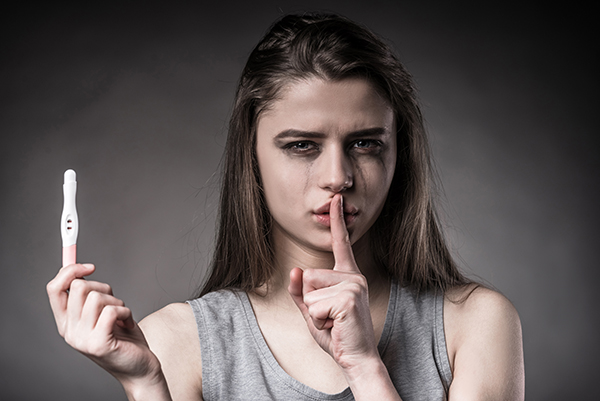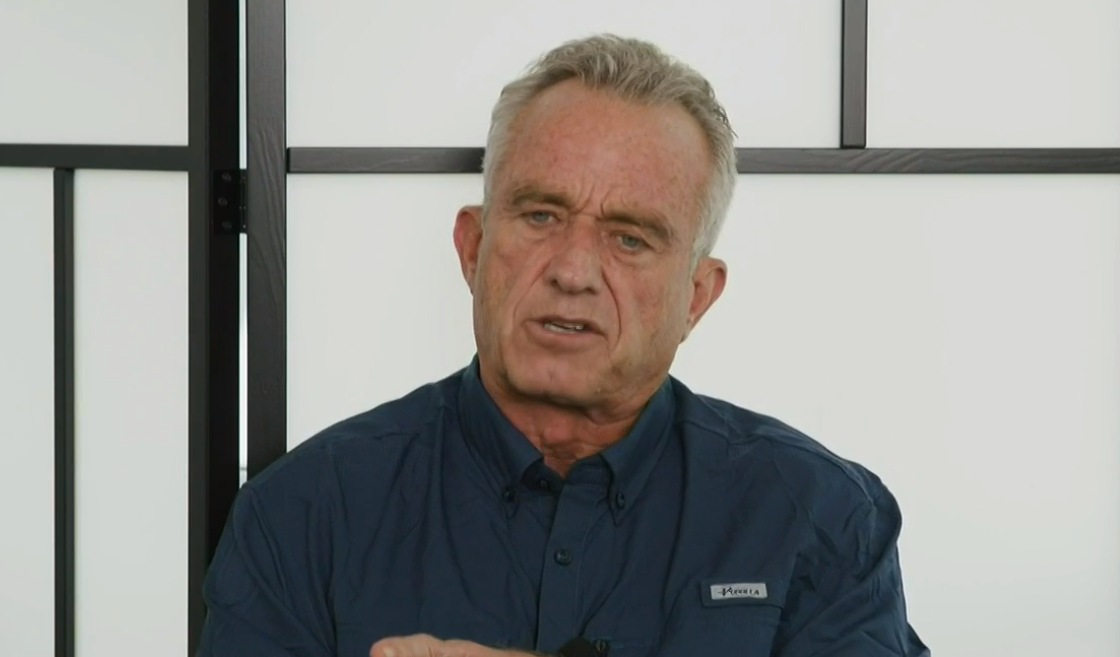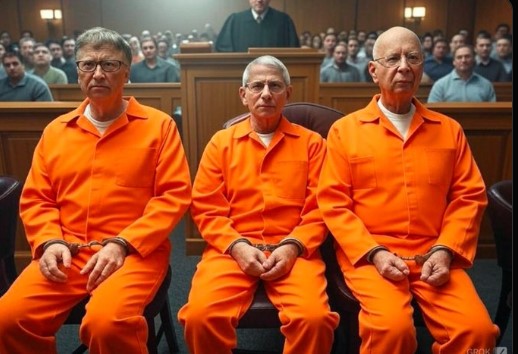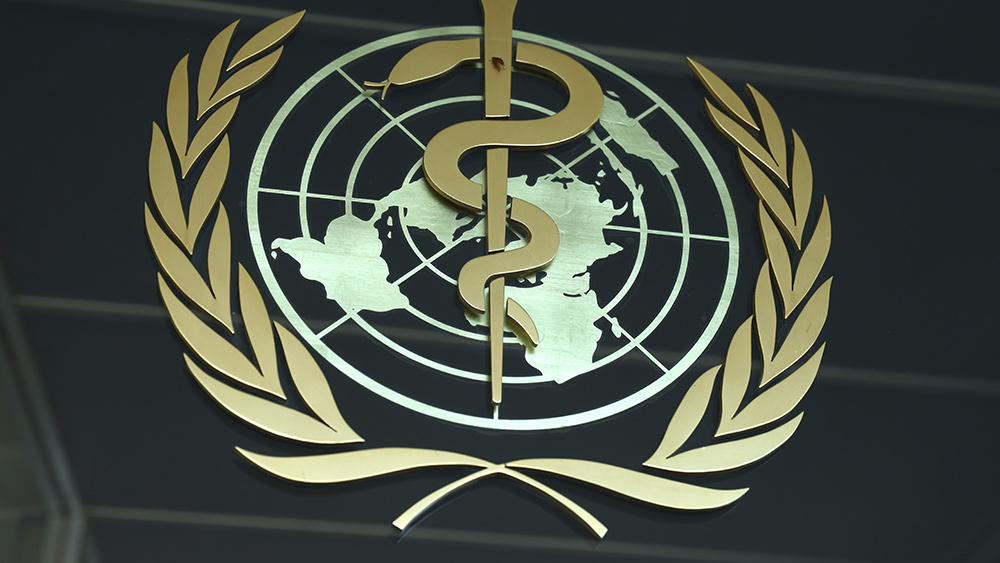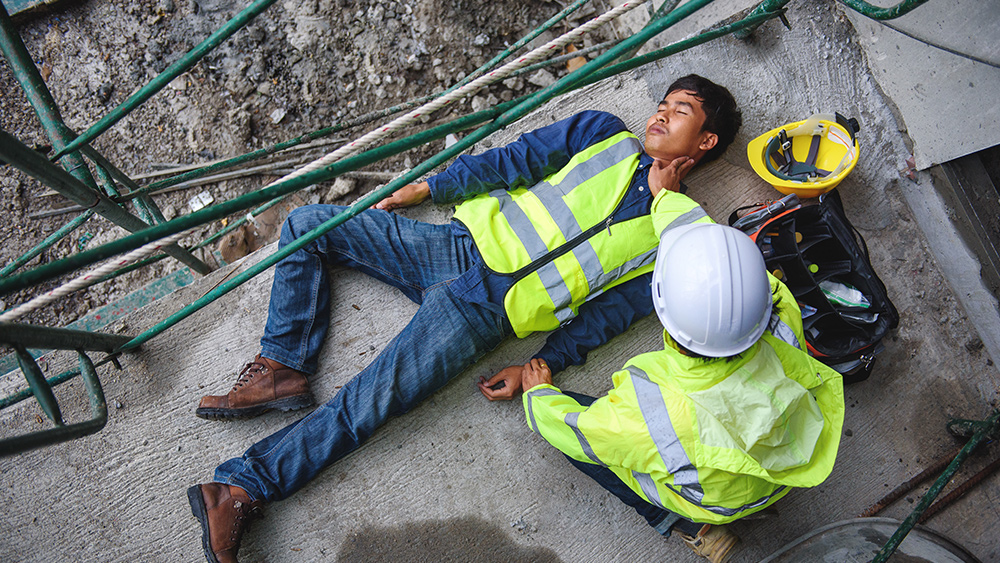
Types of heatstroke
A heatstroke occurs when you're exposed to extremely hot conditions and your body overheats, isn't able to cool down and fails to control or regulate your body temperature properly. This is referred to as the "classic" heatstroke.
"Exertional" heatstroke happens when you perform intense or vigorous physical activity and your body overheats during exercise.
Heat exhaustion, on the other hand, is your body's response to excessive loss of water and salt – usually through excessive sweating. This condition is most likely to affect people with high blood pressure, the elderly, and those working in hot environments.
Signs and symptoms
To help you or someone else get the proper assistance and support they need to save their life, be on the lookout for the following signs and symptoms:
- A rapid pulse (a heart rate of about 100 beats per minute or higher)
- Confusion or disorientation
- Decreased urine output
- Elevated body temperature (a body temperature of 103 degrees Fahrenheit or higher) in a matter of minutes
- Excessive sweating
- Fatigue
- Feeling dizzy or lightheaded
- Heavy breathing
- Hot and dry skin that appears flushed or red
- Low blood pressure
- Loss of consciousness (fainting)
- Nausea or vomiting
- Pounding headache
- Thirst
- Weakness
Keep in mind that these symptoms can vary depending on the type of heatstroke you have.
With classic heatstroke, the skin may appear more hot and dry, while exertional heatstroke can cause prolonged and excessive sweating after exercise stops.
It is essential to seek out medical care as soon as possible if you experience heatstroke symptoms or notice someone else that may be displaying signs of a heatstroke.
Risk factors
Factors that can make you more vulnerable to developing heat-related illnesses, such as heatstroke, include:
- Consuming excess alcohol, which can lead to dehydration
- Not drinking enough water
- Having a history of previous heat illness
- Taking prescription medications that affect the body's ability to retain water or respond to heat
First aid
If you suspect heatstroke, call 911 or your local emergency number.
If you're the first responder to someone having a heatstroke, your primary goals are to move the person out of the heat right away and stabilize his/her vital signs like body temperature, pulse or heart rate, and breathing or respiratory rate.
Cool the person by whatever means available. Remove excess clothing to maximize heat loss from the body. (Related: How to stay cool if you lose power during a heatwave.)
If the person is conscious, offer chilled water, a sports drink containing electrolytes or other nonalcoholic beverages without caffeine.
You may also fan the person while sponging or spraying him/her with cool water; place ice packs or cool wet towels on the neck, armpits, groin and back to help the body cool down quicker; and cover the person with cool damp sheets.
Begin CPR (cardiopulmonary resuscitation) if the person loses consciousness and shows no signs of circulation, such as breathing, coughing or movement. Wait for the Emergency Medical Team (EMT).
Depending on the severity of the condition, the healthcare provider may also recommend the following techniques when you or a heatstroke patient are at the hospital:
- Hooking up to an intravenous (IV) infusion to help give the body the fluids it needs
- Taking an ice bath
- Using a cooling blanket
How to prevent heatstroke
Here are some tips and measures to take that may help prevent heatstroke – especially during hotter seasons or when engaging in physical activity:
- Pace yourself and plan your schedule accordingly if you have any intense activities or chores planned for the day.
- Keep out of the sun during the hottest parts of the day (between 11 am to 3 pm). Stay indoors with fans or air conditioning or in a cool shaded area.
- Drink lots of water even if you don’t feel thirsty. Staying hydrated will not only help you feel better but it will help your body work more efficiently. (Related: Drinking more water essential to improved mood, increased energy.)
- Eat more potassium-rich foods and those with high water content – they have a natural cooling effect on the body.
- Strip down and adjust your attire so that you aren’t wearing stifling, restrictive clothing all day. Ditch any tight-fitting shirts and jeans and stick to more breathable fabrics that are loose-fitting and ideally light in color. Cotton or linen will work well. The right clothes will keep you much cooler.
- Think twice before you open all the windows of your house to keep cool – if the temperature is higher outside than inside, you might lose a possible cool haven. Close the curtains, or blinds, in rooms where they face the sun instead.
- Take frequent cold showers, or a swim, to cool down quickly.
Surviving heatstroke
Your prognosis (or outlook) for heatstroke will depend on a variety of factors, including your age, underlying conditions, how high your temperature rose, and how quickly you sought treatment from a healthcare provider.
As a rule of thumb, taking preventative measures on hot days and removing yourself from hot conditions as soon as possible can improve your chance of survival. The longer you wait without receiving care, the more serious your condition can become.
It's important to note that once you recover from heatstroke, you should take a rest and avoid physical activity and hot conditions for at least one week.
Once you experience heatstroke, you are also at an increased risk of experiencing another heat-related illness. That said, have regular check-ups and take precautionary measures to reduce your risk.
Watch this video to learn about surviving the heat.
This video is from the Cahlen channel on Brighteon.com.
More related stories:
Tattoos may lead to HEATSTROKE by impairing your skin’s natural sweat production.
Dehydration is linked to physical impairment and cognitive decline: Study.
Follow these simple tips to keep from getting dehydrated.
Sources include:
Please contact us for more information.















